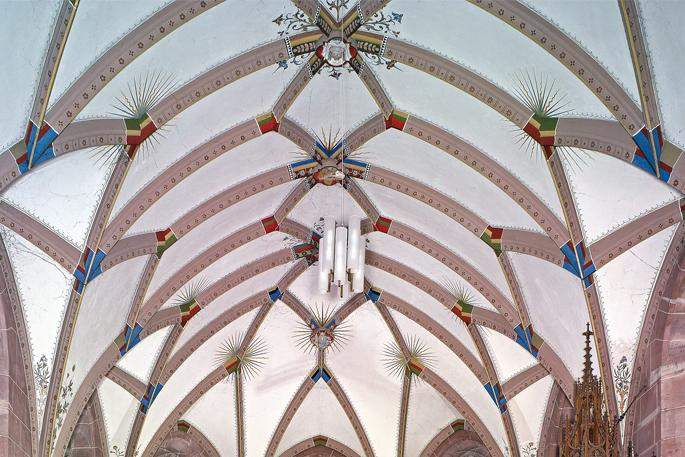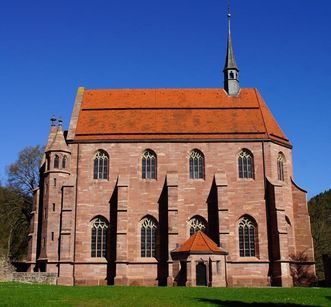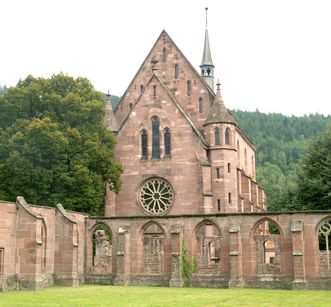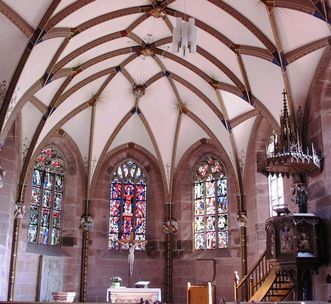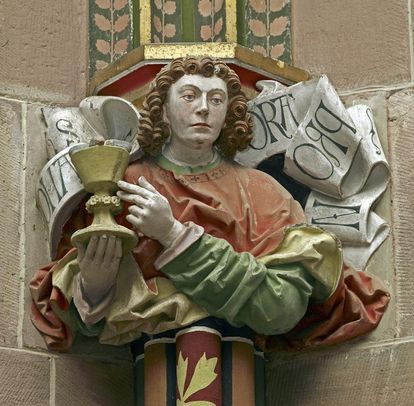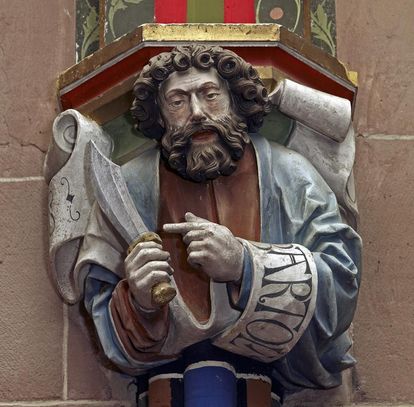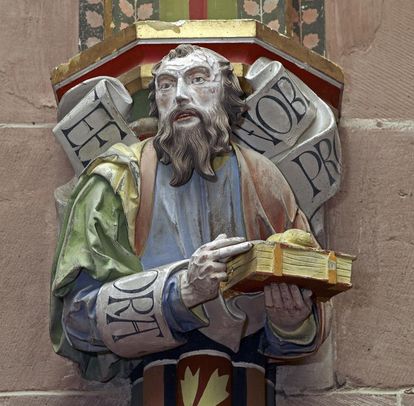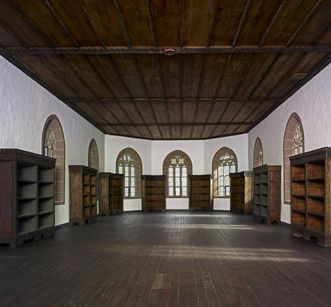A SIGN OF PROSPERITY
The monastic reforms that began in 1450 brought an economic and spiritual revival to Hirsau. As a result, Abbot Johannes II was able to build the chapel for the sick between 1508 and 1516. The architect, Martin von Urach, placed the chapel east of the chapter house and north of the infirmary. Like many other reformed Benedictine monasteries, including Alpirsbach Monastery, he followed the example of Cluny Abbey in France. The chapel for the sick was dedicated to St. Mary, a further emulation of Cluny Abbey.



